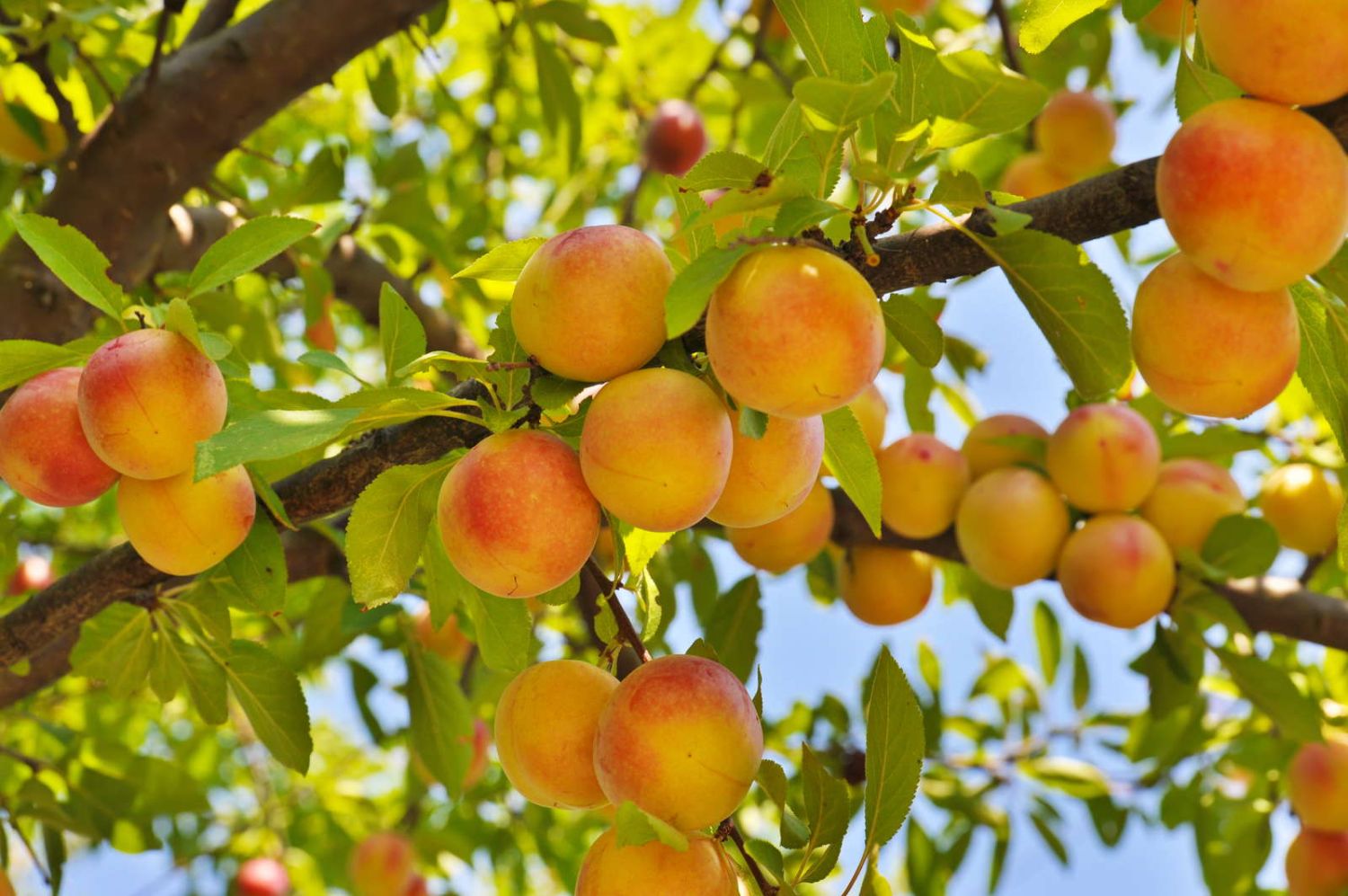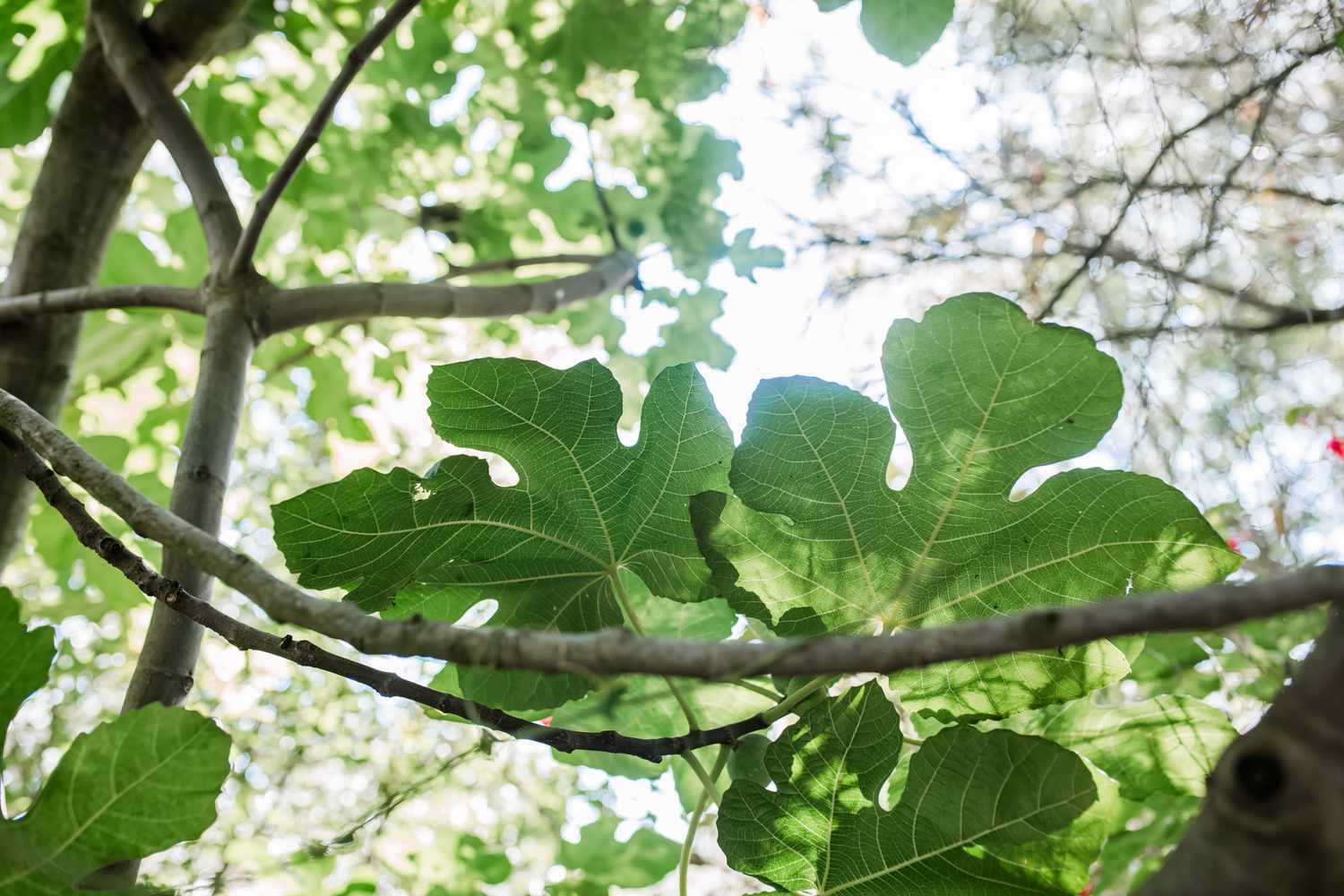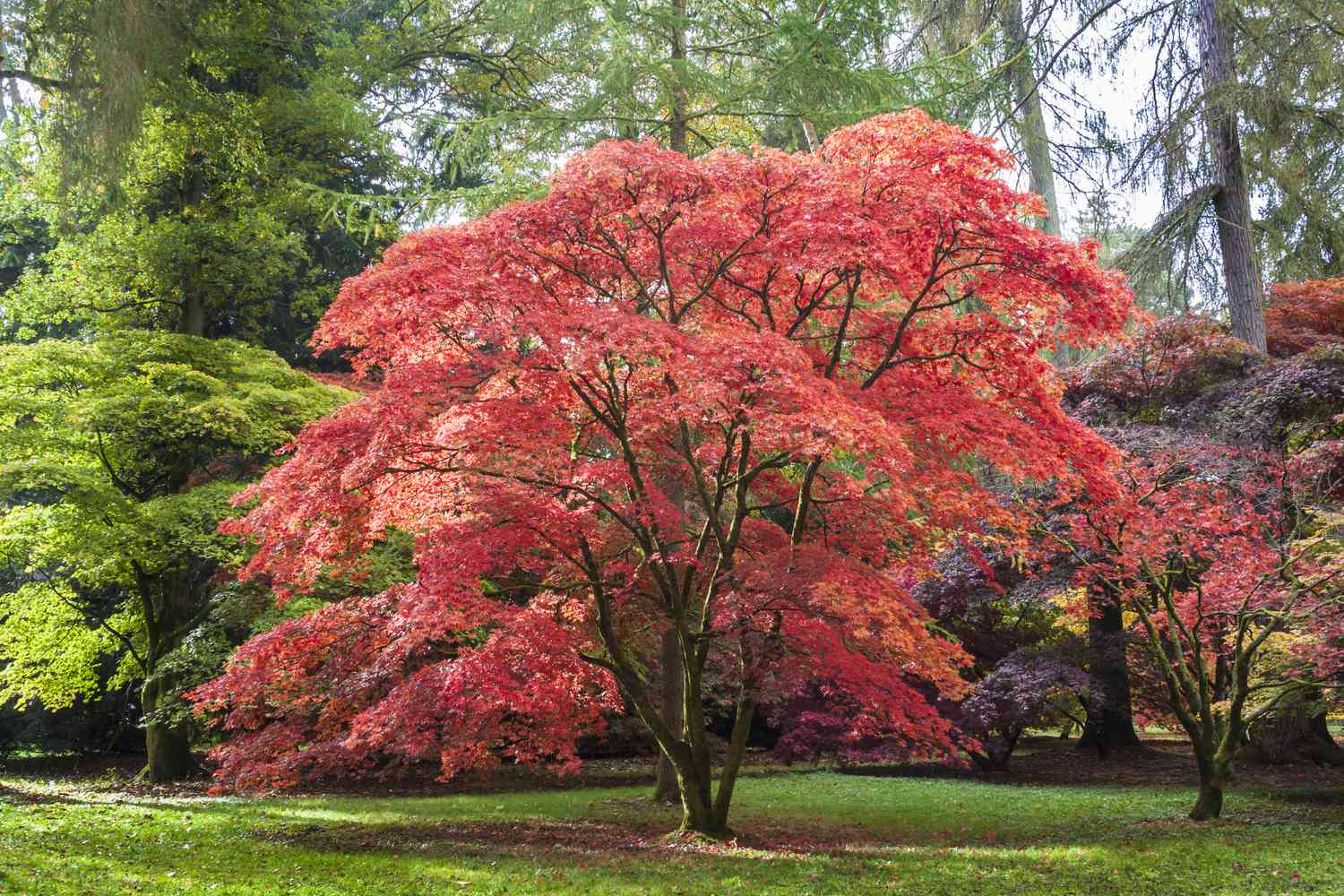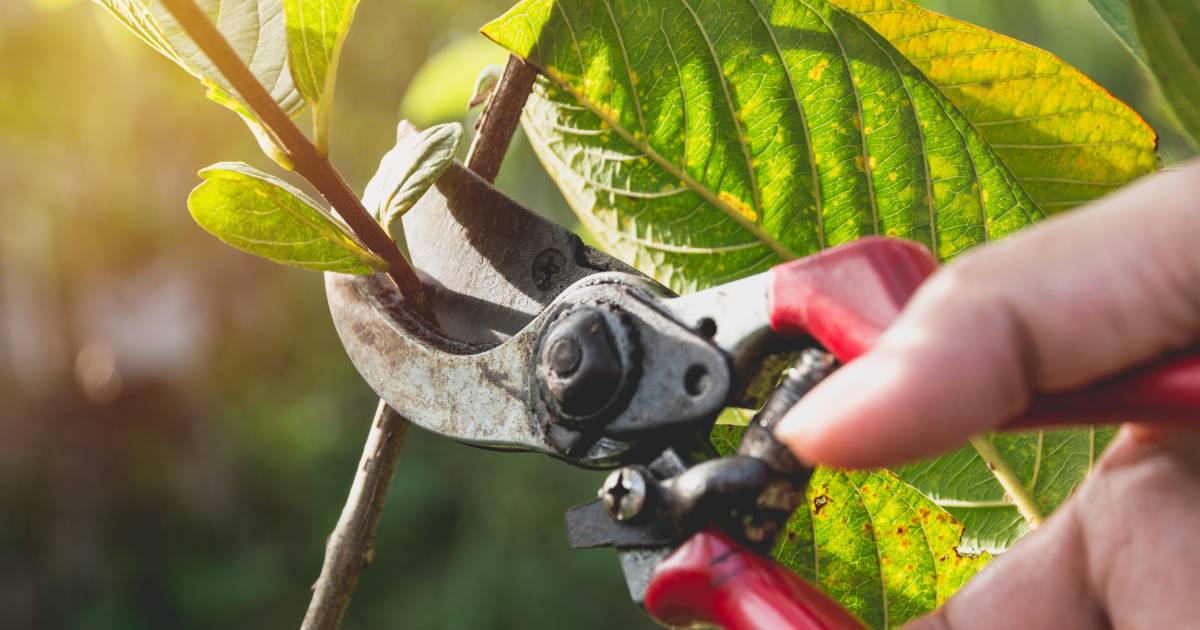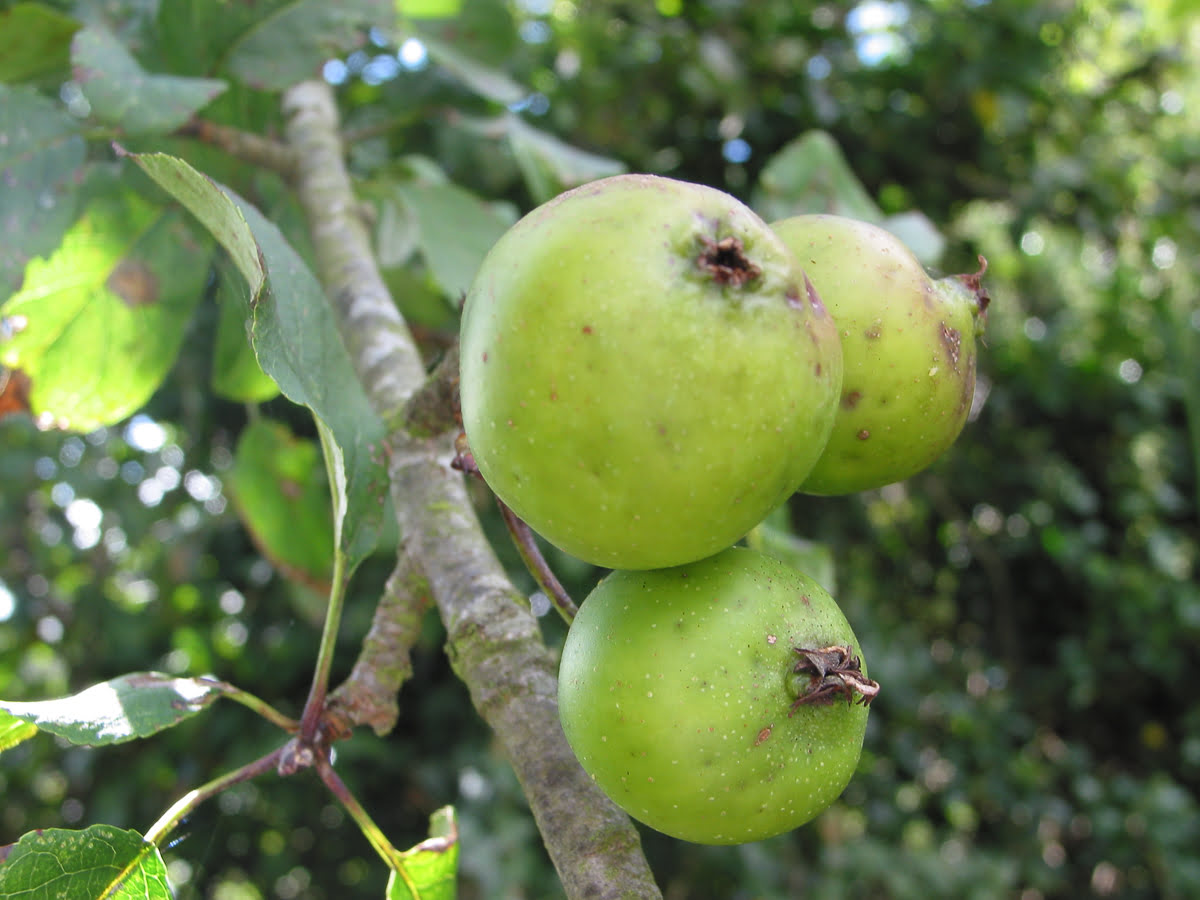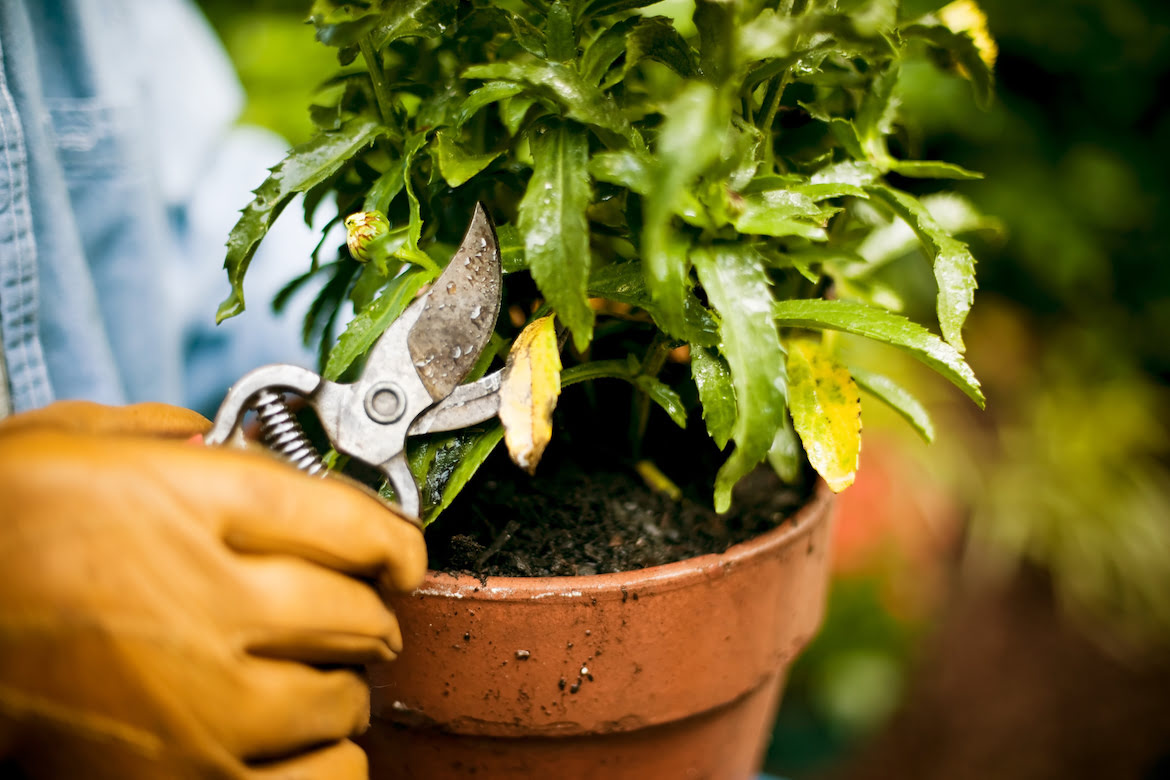Home>Gardening Techniques>Plant Care>When To Prune Crabapple Trees
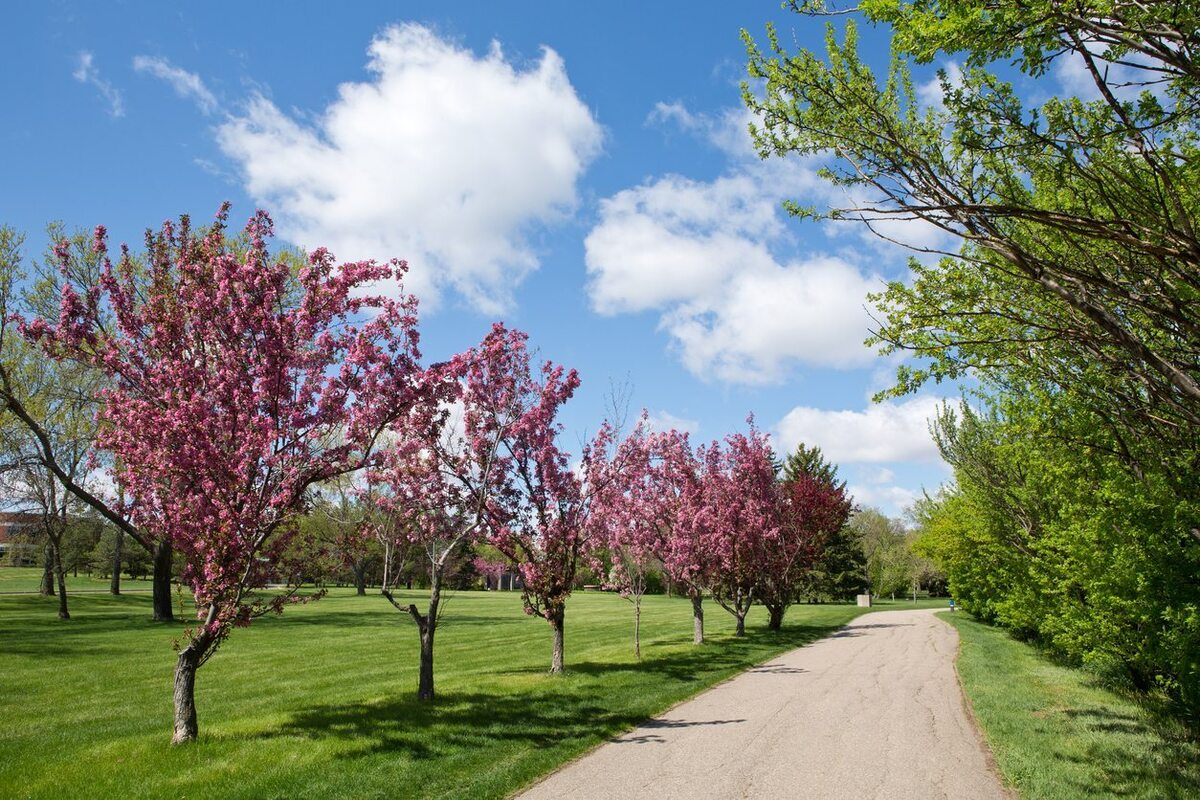

Plant Care
When To Prune Crabapple Trees
Modified: January 22, 2024
Learn the best time to prune crabapple trees and get expert plant care tips to keep your trees healthy and thriving. Don't miss out on essential advice for maintaining your beloved crabapple tree!
(Many of the links in this article redirect to a specific reviewed product. Your purchase of these products through affiliate links helps to generate commission for Chicagolandgardening.com, at no extra cost. Learn more)
Table of Contents
Introduction
Welcome to the world of crabapple trees! These beautiful ornamental trees are known for their vibrant flowers, stunning foliage, and delightful fruits. However, just like any other living thing, they require care and attention to thrive and maintain their beauty. One essential aspect of crabapple tree care is pruning.
Pruning is the process of selectively removing branches and foliage from a tree to improve its overall health, shape, and appearance. Proper pruning not only enhances the aesthetics of the tree but also promotes better air circulation, sunlight penetration, and disease resistance. It is a crucial aspect of plant care that should not be overlooked.
This article aims to provide you with a comprehensive guide on when to prune crabapple trees. We will explore the benefits of pruning, the factors to consider before pruning, the best time to prune, and the correct steps to follow. By the end, you will have the knowledge and confidence to give your crabapple trees the care they need.
Understanding Crabapple Trees
Before diving into the intricacies of pruning, it is important to have a basic understanding of crabapple trees. Crabapple trees (Malus) are small to medium-sized deciduous trees that belong to the Rosaceae family. They are native to North America and are widely cultivated for their ornamental value.
Crabapple trees are prized for their eye-catching flowers, which bloom in various shades of pink, white, and red. The blossoms typically appear in the spring, creating a breathtaking display of color. After the flowers fade, the tree produces small, apple-like fruits that come in a range of colors, including red, yellow, and orange.
Crabapple trees come in a variety of cultivars, each with unique characteristics such as size, shape, and growth habit. Some cultivars are more compact and suitable for smaller gardens or urban landscapes, while others can reach heights of up to 30 feet with a spreading canopy.
In order to provide the best care for your crabapple tree, it is important to identify the specific cultivar you have. This information will help you determine the appropriate pruning techniques, as well as understand the tree’s growth patterns, disease resistance, and overall maintenance requirements.
In terms of their environmental preferences, crabapple trees thrive in full sun to partial shade conditions and prefer well-drained soil. They are generally hardy, adaptable, and relatively low-maintenance trees. However, regular pruning is necessary to keep them healthy, vigorous, and aesthetically pleasing.
Now that we have a basic understanding of crabapple trees, let’s explore the importance of pruning and how it can benefit these beautiful trees.
Benefits of Pruning Crabapple Trees
Pruning plays a vital role in the overall health and appearance of crabapple trees. Here are some key benefits of regular pruning:
- Promotes Air Circulation and Sunlight Penetration: Over time, crabapple trees can become dense and crowded with branches. Pruning helps thin out the canopy, allowing for better air circulation and sunlight penetration. This, in turn, reduces the risk of fungal diseases and promotes the tree’s overall vitality.
- Improves Tree Structure: Pruning helps shape the crabapple tree’s structure by removing weak, crossing, or rubbing branches. It encourages a strong central leader and properly spaced scaffold branches, which result in a well-balanced and visually appealing tree.
- Enhances Flowering and Fruit Production: Proper pruning can promote abundant flowering and fruit production in crabapple trees. Removing dead or diseased branches stimulates new growth and redirects the tree’s energy towards producing more flowers and fruits.
- Manages Tree Size: Regular pruning allows you to control the size of your crabapple tree. This is particularly important for smaller gardens or urban landscapes where space may be limited. Through selective pruning, you can maintain the tree’s desired height and spread without compromising its health or aesthetics.
- Controls Disease and Insect Infestations: Pruning helps remove infected or infested branches, minimizing the spread of diseases and pests. By maintaining good tree hygiene and removing potential breeding grounds for pests, you can significantly reduce the risk of future infestations.
- Preserves Tree’s Natural Form: Pruning is not just about removing branches; it is also about preserving the tree’s natural form and beauty. Proper pruning techniques ensure that the tree’s growth is balanced and harmonious, creating an aesthetically pleasing landscape feature.
These benefits highlight the importance of regular pruning in maintaining the health, beauty, and longevity of crabapple trees. However, it is crucial to consider certain factors before pruning to ensure optimal results.
Factors to Consider Before Pruning
Before you begin pruning your crabapple tree, there are several factors to take into consideration. These factors will help you make informed decisions and ensure that your pruning efforts are effective and beneficial for the tree:
- Tree Age and Health: The age and health of the tree play a vital role in determining the type and extent of pruning required. Younger trees may need more formative pruning to establish a strong structure, while older trees may require pruning to remove dead or diseased branches.
- Time of the Year: The timing of pruning is crucial for the health of the tree. Pruning during the dormant season (late winter to early spring) is generally recommended for crabapple trees. However, there are exceptions, so it’s important to research the specific pruning requirements of your tree’s cultivar.
- Flowering and Fruit Production: Consider the stage of flowering and fruit production when pruning. Pruning immediately after flowering can promote better fruit development, while pruning during the dormant season focuses on structural pruning and maintenance.
- Desired Tree Shape: Determine the desired shape and size of your crabapple tree before pruning. This will help guide your pruning decisions and ensure that you achieve the desired aesthetics and maintain a balanced structure.
- Local Regulations: Familiarize yourself with any local regulations or guidelines regarding tree pruning. Some areas may have specific restrictions or requirements that need to be followed when pruning trees in public spaces or near utility lines.
- Weather Conditions: It’s important to consider weather conditions before pruning. Avoid pruning during times of extreme temperatures or when rain or snow is forecasted. This will minimize stress on the tree and promote successful healing of pruning wounds.
- Pruning Tools and Safety: Ensure that you have the proper pruning tools and equipment for the job. Using sharp, clean tools will make pruning more efficient and minimize the risk of damage or disease transmission. Additionally, always prioritize safety by wearing protective gear, such as gloves and safety glasses.
By taking these factors into account, you can ensure that your pruning efforts are aligned with the specific needs of your crabapple tree, resulting in a healthier and more aesthetically pleasing tree.
Best Time to Prune Crabapple Trees
Timing is crucial when it comes to pruning crabapple trees. Pruning at the right time of year ensures optimal results and minimizes the risk of damage or stress to the tree. In general, the best time to prune crabapple trees is during the dormant season, which typically occurs in late winter to early spring.
Pruning during the dormant season has several advantages. The tree is not actively growing, which reduces the risk of sap bleeding from pruning cuts. Additionally, pruning during this time allows the tree to allocate its energy towards healing and new growth as the warmer spring weather arrives.
However, the timing may vary depending on the specific cultivar and the region in which you reside. Some crabapple trees may bloom earlier or later in the year, requiring adjustments to the pruning schedule.
As a general guideline, it is best to prune crabapple trees after the coldest part of winter has passed but before the sap begins to flow and buds start to open. This typically falls between late February and early April in most regions. A good indication that it’s the right time to prune is when you start to see bud swell or color change on the branches.
It’s important to note that pruning in early spring should be done before new growth emerges. This ensures that the energy of the tree is directed towards the remaining branches and promotes a more balanced and healthy growth pattern.
There are, however, exceptions to this general rule. Some crabapple trees, particularly those that bloom on old wood, may require pruning immediately after flowering. This allows you to enjoy the beautiful blooms while still providing ample time for the tree to develop new growth and flower buds for the following year.
Researching the specific pruning recommendations for the cultivar of your crabapple tree is essential. It will help determine whether you should prune in late winter, immediately after flowering, or at another specific time to achieve the best results for your particular tree.
Now that we understand the best time to prune, let’s explore the proper steps to follow when pruning crabapple trees.
Steps to Prune Crabapple Trees
Pruning crabapple trees may seem daunting, but when done correctly, it can be a rewarding and beneficial practice. Follow these steps to prune your crabapple tree effectively:
- Assess the Tree: Take some time to examine the overall health and structure of the tree. Look for dead, damaged, or diseased branches that need to be removed.
- Choose the Right Tools: Ensure that you have the proper pruning tools, including sharp and clean pruning shears, loppers, and a pruning saw. Using dull or dirty tools can damage the tree and increase the risk of infection.
- Start with Dead Branches: Begin by removing any dead or dying branches. Make clean cuts just outside the branch collar or at the base of the branch to prevent leaving stubs.
- Remove Diseased Branches: Prune away any branches that show signs of disease or insect infestation. Dispose of these branches carefully to prevent the spread of disease.
- Eliminate Crossed or Rubbing Branches: Look for branches that are crossing or rubbing against each other. Choose the stronger or more desirable branch and remove the weaker one to eliminate potential damage and improve the tree’s overall structure.
- Thin Out Dense Areas: If the canopy of your crabapple tree is too dense, selectively remove some of the branches to improve air circulation and sunlight penetration. Focus on removing smaller, interior branches rather than large, structurally important ones.
- Prune for Desired Shape: Prune the outer branches to shape the tree according to your desired form. Remove excessive growth or branches that disrupt the tree’s natural shape.
- Step Back and Assess: Take breaks throughout the pruning process to step back and assess the tree’s progress. This will help you maintain balance and harmony in the overall appearance of the tree.
- Sanitize Tools: After pruning each branch, sanitize your tools by wiping them with a cloth soaked in a solution of one part bleach to nine parts water. This reduces the risk of spreading disease from one branch to another.
- Dispose of Pruned Branches: Properly dispose of pruned branches and debris. If the branches did not show signs of disease or infestation, they can be used for mulch or compost.
Remember, every pruning cut should be made just outside the branch collar or at the base of the branch, avoiding leaving stubs or cutting into the branch collar itself. This promotes quick healing and reduces the risk of infection.
Following these steps, along with considering the specific needs of your crabapple tree, will help you achieve successful and effective pruning results.
Common Pruning Mistakes to Avoid
Pruning is a delicate process that requires skill and knowledge. To ensure the health and longevity of your crabapple tree, avoid these common pruning mistakes:
- Overpruning: One of the most common mistakes is overpruning, removing more than 1/3 of the tree’s branches in a single season. Overpruning can weaken the tree, disrupt its growth, and make it more susceptible to diseases and pests.
- Topping the Tree: Topping, or cutting off the top of the tree, is a harmful practice that severely damages the structure and health of the tree. It leads to weak growth, increased vulnerability to diseases, and an unattractive appearance.
- Incorrect Pruning Cuts: Improper pruning cuts, such as leaving stubs or cutting into the branch collar, can impede the tree’s ability to heal properly. Always make clean cuts just outside the branch collar or at the base of the branch.
- Pruning at the Wrong Time: Pruning at the wrong time of year can disrupt the tree’s flowering and fruiting cycles. Follow the recommended pruning time for your specific crabapple tree cultivar.
- Ignoring Structural Pruning: Neglecting to address the tree’s structural development can lead to a weak and imbalanced growth pattern. It is important to prune for proper scaffold branch structure during the tree’s younger years.
- Pruning During Extreme Weather: Pruning during extremely cold or hot weather, as well as when rain or snow is forecasted, can stress the tree and hinder its healing process. Wait for more favorable weather conditions.
- Using Dull or Dirty Tools: Using dull or dirty pruning tools can damage the tree and increase the risk of infection. Keep your tools clean and sharp to make precise cuts and prevent the spread of disease.
- Not Sanitizing Tools: Failing to sanitize your pruning tools between cuts or between trees can spread pathogens and diseases. Sanitize your tools with a solution of one part bleach to nine parts water to prevent contamination.
- Ignoring Safety Precautions: Pruning can be hazardous, especially when dealing with larger branches or when using sharp tools. Always wear protective gear, such as gloves and safety glasses, to minimize the risk of injury.
- Pruning Too Late in the Season: Pruning too late in the season, particularly in the fall, can stimulate new growth that may not have enough time to harden off before winter. This makes the tree more vulnerable to frost and cold damage.
Avoiding these common pruning mistakes will help you maintain the health, structure, and beauty of your crabapple tree, ensuring its long-term success in your landscape.
Conclusion
Proper pruning is an essential aspect of caring for crabapple trees. By understanding the benefits of pruning, considering important factors before pruning, choosing the right time, following the correct steps, and avoiding common pruning mistakes, you can ensure the health, structure, and aesthetic appeal of your crabapple tree.
Pruning promotes air circulation, sunlight penetration, and disease resistance. It improves the tree’s structure, enhances flowering and fruit production, and controls its size. Additionally, pruning helps manage disease and insect infestations and preserves the tree’s natural form.
Before pruning, consider the age and health of the tree, as well as local regulations and weather conditions. Choose the right tools, start with dead and diseased branches, and thin out dense areas. Shape the tree according to your desired form, step back periodically to assess your progress, and sanitize your tools between cuts.
Avoid overpruning, topping the tree, incorrect pruning cuts, and pruning at the wrong time. Take into account the tree’s structural development, use clean and sharp tools, follow safety precautions, and avoid pruning too late in the season.
Remember, each pruning cut is an opportunity to enhance the health and beauty of your crabapple tree. By following the proper techniques and considering the specific needs of your tree, you can maintain a thriving and visually pleasing landscape feature for years to come.
So, grab your pruning tools, put on your gloves, and give your crabapple tree the care it deserves. Happy pruning!
